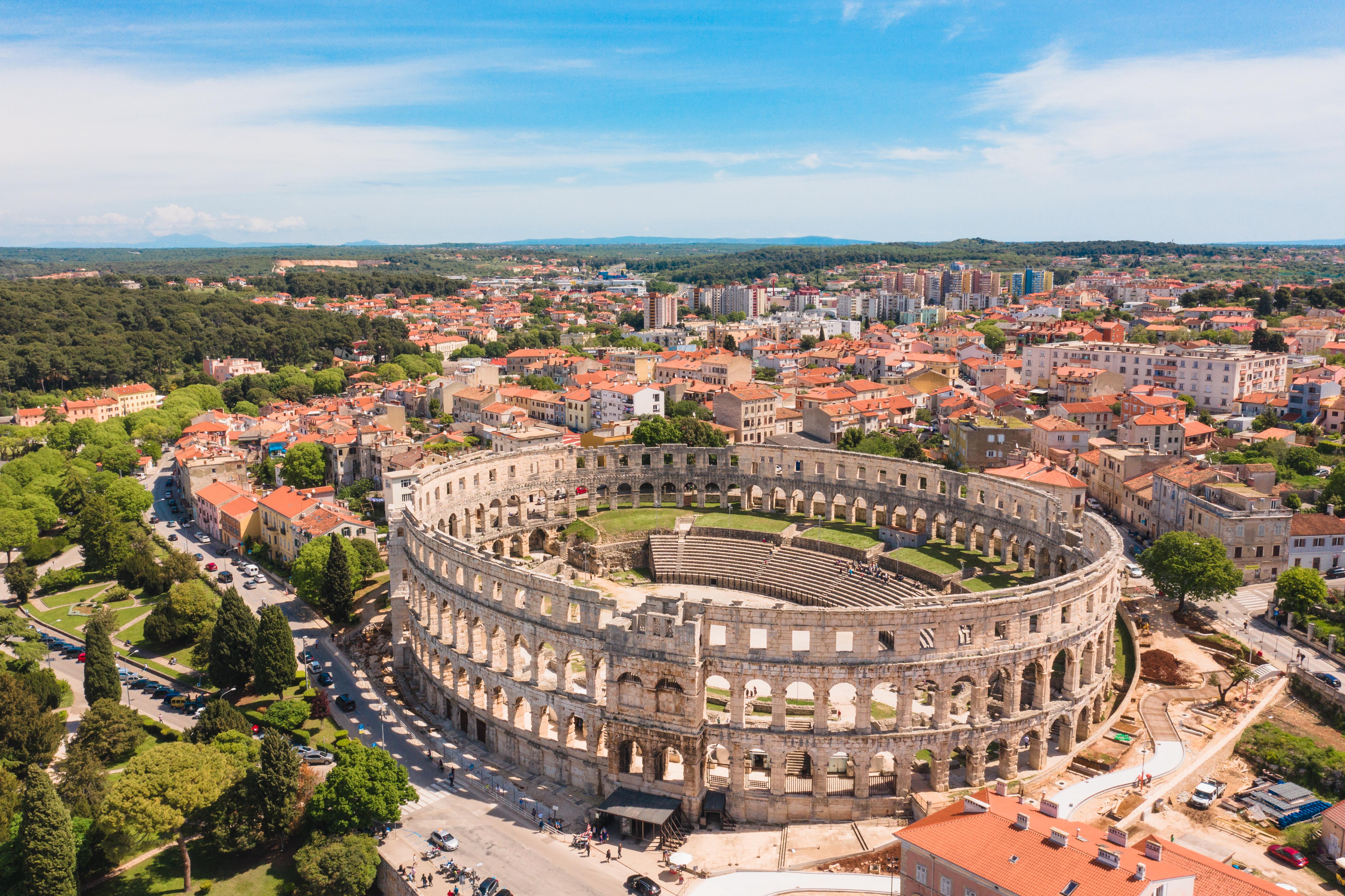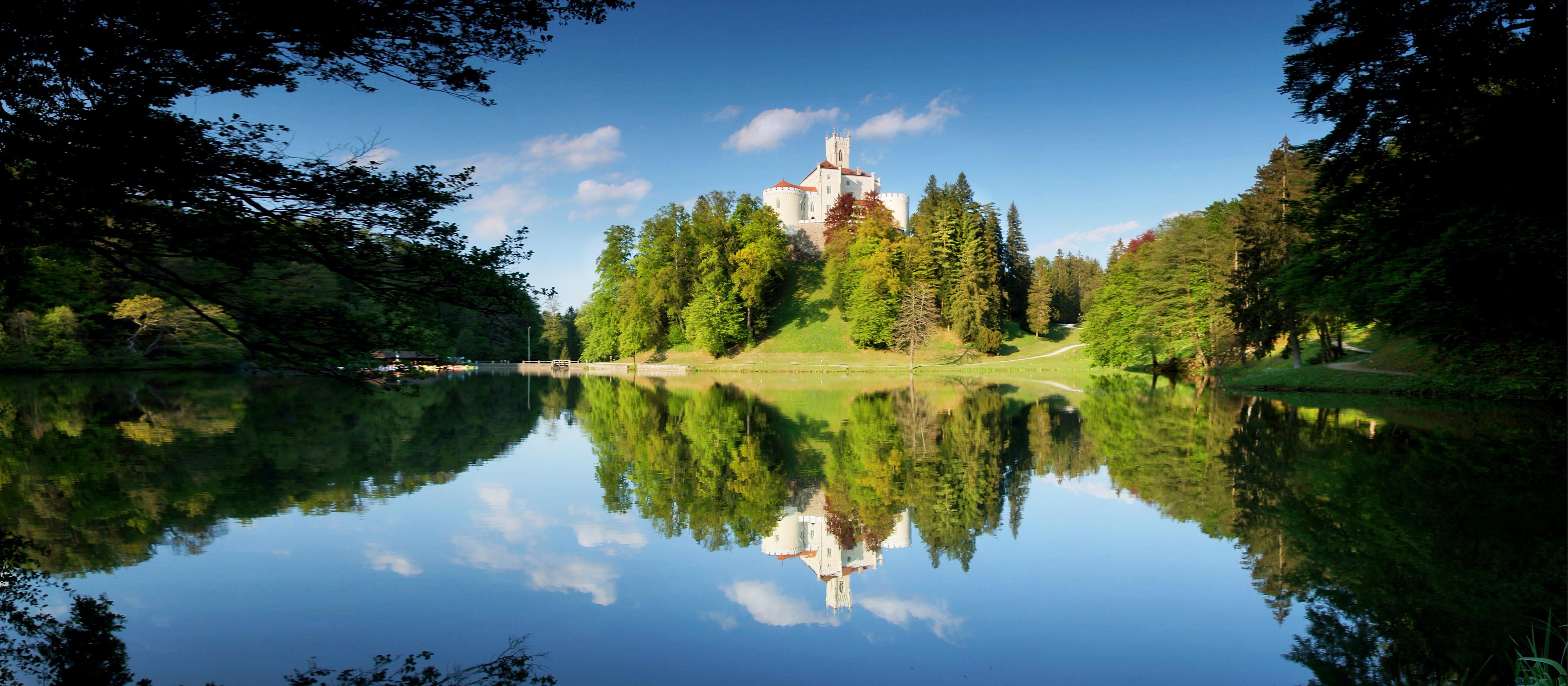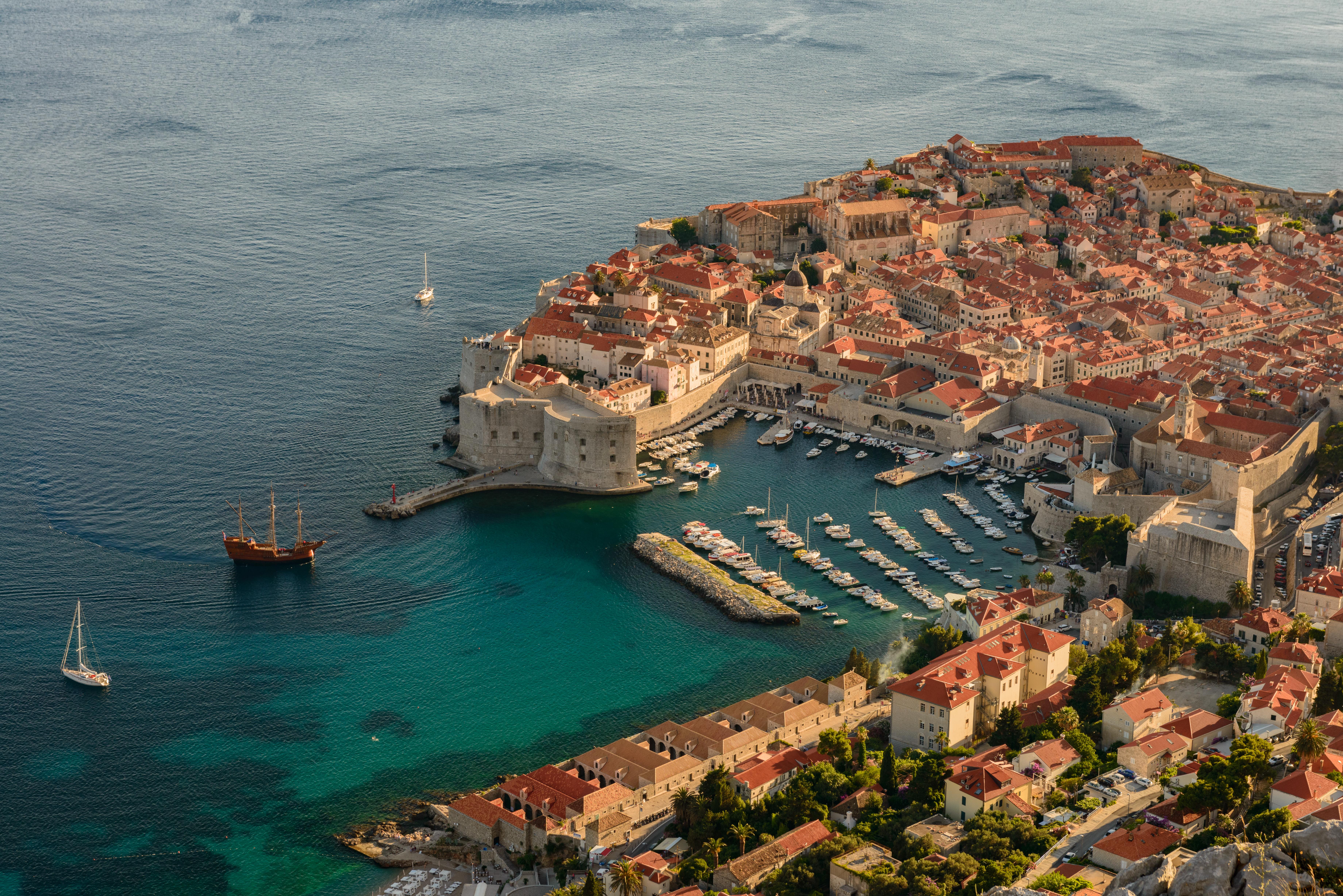Croatian culture edit: from ancient amphitheatres to a capella singers, your must-experience guide
From ancient ruins to incredible modern art and unique museums, Croatia is a culture vulture’s paradise. Here are just some of the many must-sees

From the ancient Greeks, Romans and Illyrians to the Venetians, Austrians and Hungarians, so many civilisations have left their mark on Croatia over the centuries. With this extraordinary legacy, it’s not surprising that Croatia’s culture is incredibly rich – nor that eight of the country’s 10 Unesco World Heritage Sites are cultural ones. Ancient Roman ruins, medieval fortresses, Venetian architecture and handsome baroque towns go hand in hand with captivating folk traditions, fascinating museums and an exciting contemporary art scene that is constantly evolving.
Walk in the footsteps of the Romans when you wander round the remarkably well-preserved amphitheatre in Pula. It’s been around since the first century BC, and its passages, tiers, galleries and cellars take you back to the time when 20,000 spectators would gather in this enormous space. Time your visit for mid-July and you can watch screenings during the Pula Film Festival, many of which takes place in this atmospheric setting.
Roman history is literally all around you when you stroll through Diocletian’s Palace in Split. Built between the late 3rd and the early 4th centuries AD, the palace fell into ruin not long after and became colonised by residents over the centuries. Now its graceful columns and arches form the backdrop to cafés, shops and apartments, and its open-air spaces hum with the sound of summertime classical concerts.
That sound of music is everywhere in Croatia, especially during its many festivals. Warm summer nights in Dalmatia often come with the hauntingly melodic sound of klapa singers, whose a cappella songs form such an evocative soundtrack to Adriatic life. Don’t miss the annual klapa festival held every July in the exquisite town of Omiš, which straddles the mouth of the Cetina River south of Split. And in the Međimurje region tucked away in Croatia’s north-west corner, its age-old folk singing tradition is so embedded into its cultural fabric that it’s on the Unesco List of Intangible Cultural Heritage of Humanity.
Must-visit museums and galleries

While you’re in Croatia’s northern regions, you can go deeper into history at the Krapina Neanderthal Museum, where you can see the evolution of humankind on the site where important Neanderthal remains were found. Then fast-forward into the late Middle Ages with a visit to the impossibly romantic Trakošćan Castle, whose hilltop setting overlooking a forest-fringed lake really does look like something out of a fairy tale. Afterwards, carry on towards the beautiful town of Varaždin and its cobbled streets and squares filled with elegant baroque and rococo architecture.
Once you reach Zagreb, you’ll find a wealth of cultural treasures within Croatia’s capital. Explore the history of the city in the Zagreb City Museum before dropping into the Museum of Naive Art, the Institute for Contemporary Art and the cutting-edge works on display at the gleaming Museum of Contemporary Art. Discover poignant stories of lost loves at the Museum of Broken Relationships, one of the city’s most compelling museums.

Croatia’s most visited destination also happens to be among its most cultural. Dubrovnik and its Unesco-listed Old Town are pure enchantment, with medieval and Renaissance city walls circling marble streets of 16th-century palaces, monasteries and Venetian-style houses of creamy stone. Make a beeline for the magnificent Rector’s Palace, which takes you through the history of Dubrovnik through its museum collection. It’s also one of the main settings for the Dubrovnik Summer Festival, when classical concerts are held in the impressive stone courtyard. If you want a crash course in Croatian culture, you’ve come to the right place.
To find out more about Croatia’s endless treasures and to start planning your trip, click here




Bookmark popover
Removed from bookmarks